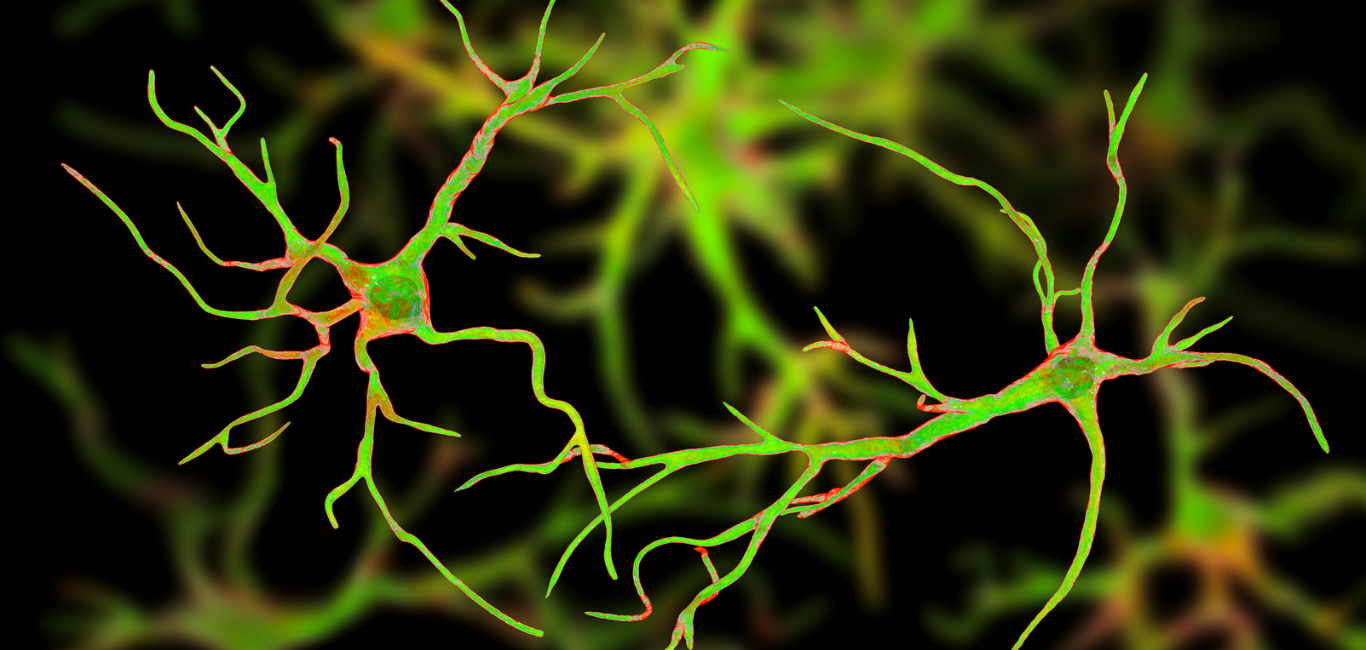
The brain is an enigmatic organ; scientists are unravelling its secrets one by one. A new collaborative study by researchers at the University of Copenhagen and the University of Rochester has uncovered yet another exciting facet of the brain, a previously unknown protective layer surrounding it.
The layer called SLYM (Subarachanoidal LYmphatic-like Membrane) protects the brain from infection and inflammation, according to the study published in Science on 5 January. SLYM, is a thin delicate layer made of one or few cells, sandwiched between the brain and the outer covering (meningeal layer).
It was previously thought that the brain lacked mesothelium, a protective wall found around other internal organs, such as the heart, lungs and intestine. However, the current study suggests that SLYM is the mesothelium of the brain.
The central nervous system (CNS) has its own immune cells, distinct from those of the body. The CNS immune cells prevent the body’s immune cells from entering the brain. The researchers observed that SLYM plays a significant role in the CNS’s defence system, acting as a sentinel to guard against infection on the brain’s surface and cerebrospinal fluid (CSF).
“The discovery of a new anatomic structure that segregates and helps control the flow of cerebrospinal fluid (CSF) in and around the brain now provides us a much greater appreciation of the sophisticated role that CSF plays not only in transporting and removing waste from the brain but also in supporting its immune defences,” said Dr Maiken Nedergaard, co-director of the Center for Translational Neuromedicine, Rochester, in a statement.
In addition, the study found SLYM to be a part of the glymphatic system, a network of cells and channels that form the brain’s waste clearance mechanism. It further suggests that SLYM acts as a sieve, filtering out toxic proteins and molecules from the CSF before they reach the CNS.
The researchers say that ageing, infection and traumatic brain injury could rupture the SLYM, allowing outer immune cells and toxic proteins to enter the brain, which are associated with Alzheimer’s and other neurological conditions. Understanding SLYM’s function could aid in developing gene therapy and other therapeutics for these conditions, the researchers suggest.

















